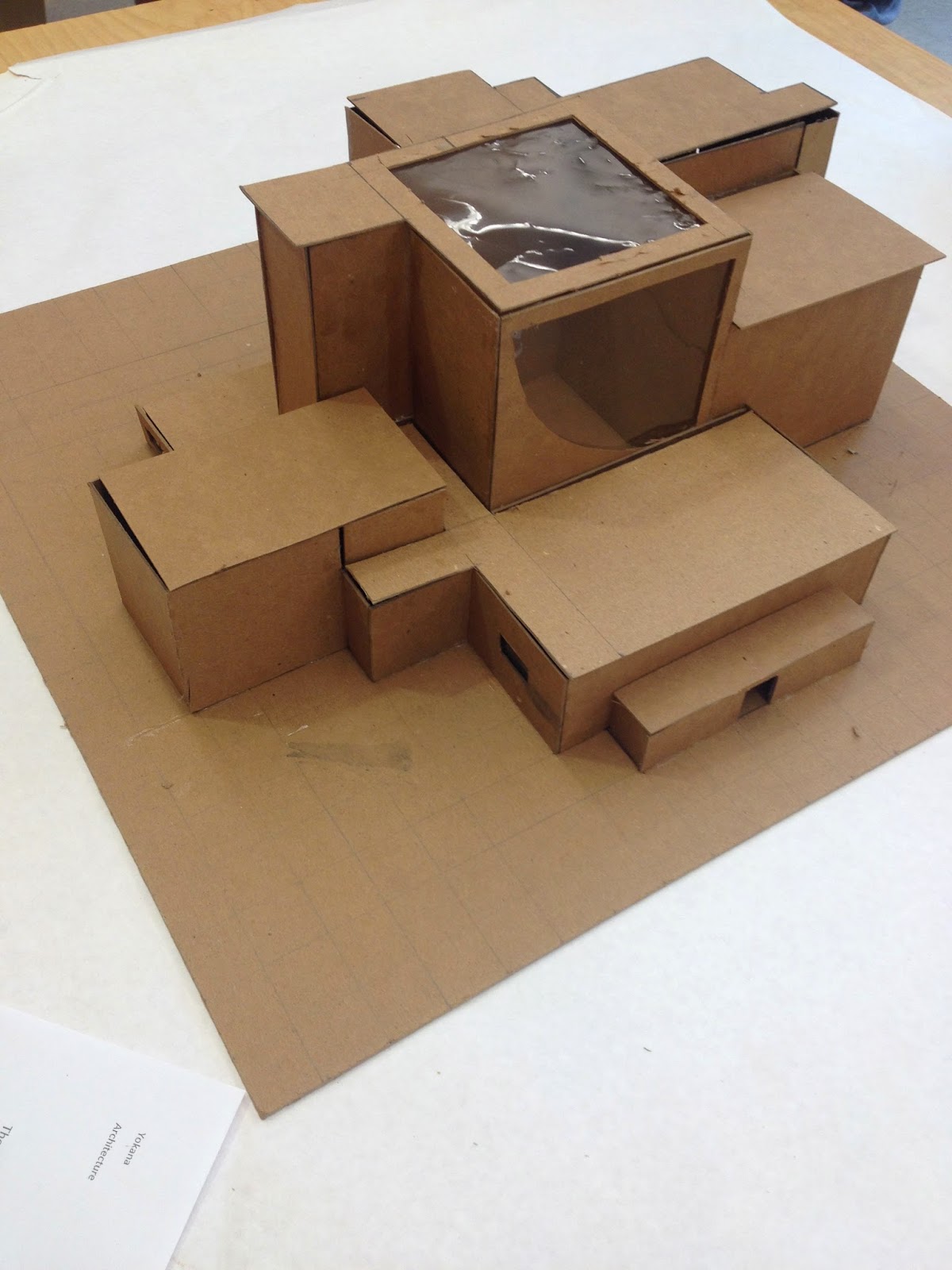Last Friday, I had a wonderful teaching moment. My architecture II students have taken on a real world design challenge: designing furniture for the proposed learning commons at the high school. Described as a place for classes and students to do group work, work individually, as well as eat, no one, administrators and architects alike, seem quite sure what type of furniture would best suit this space. So my students set out to interview the future users of the space to see how and where they liked to work.
 |
| Giancarlo Paternoster talking to my students. |
Last week they also talked to two experts: Jim Whalen of the Whalen Berez Group who provides interiors consulting for schools and libraries, (
http://www.thewbg.com) and Giancarlo Paternoster, (
http://giancarlopaternoster.com/about.php) a furniture maker/mechanical engineering student at Lehigh University and Scarsdale High School alum. They were riveted. Jim Whalen talked to them about design and function. They asked great questions and were curious. Giancarlo followed the next day by telling them his story: how he became fascinated with making furniture. He talked about how he'd studied bicycles, learned to weld, and then found wood. He brought images of his work, his inspirations and his notebooks... My students were riveted.
Each expert talked about failure and what it had taught them. They talked about perseverance, problem solving, reaching out to other experts in their field, and about their passion for what they do. I couldn't have scripted it better if I'd tried.
As they struggle with this real-world challenge and get closer and closer to their presentations to administrators and architects, the pressure mounts. For me as well. In truth, I'm nervous. I'm facilitating this experience, but I'm not an expert. They are asking questions I can't answer. The teacher's role is different in this type of challenge. And it is uncomfortable not having the answers. But I trust the design process. And I know that this is the first iteration of this challenge. I will learn from it and so will they.
Check back in as I will blog about the outcomes-their pitches are June 11th.




















.jpg)
